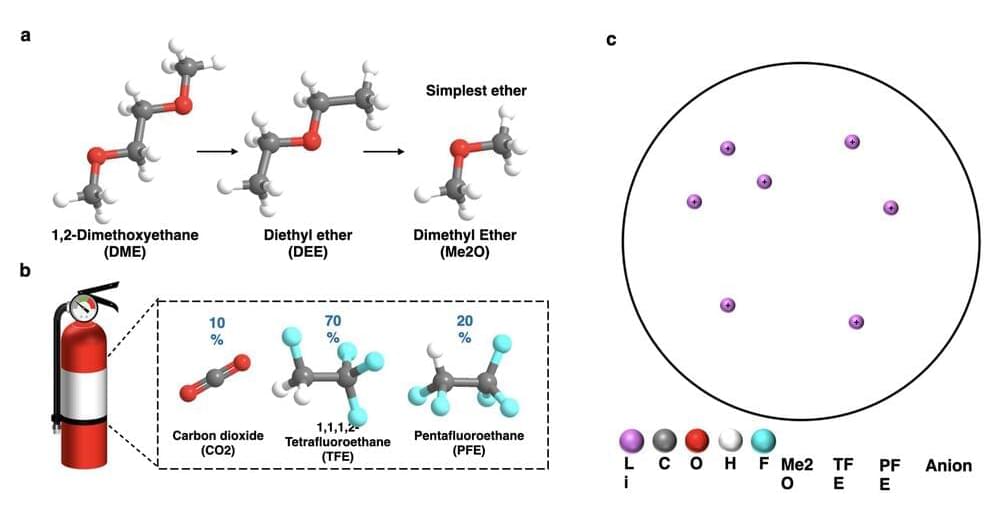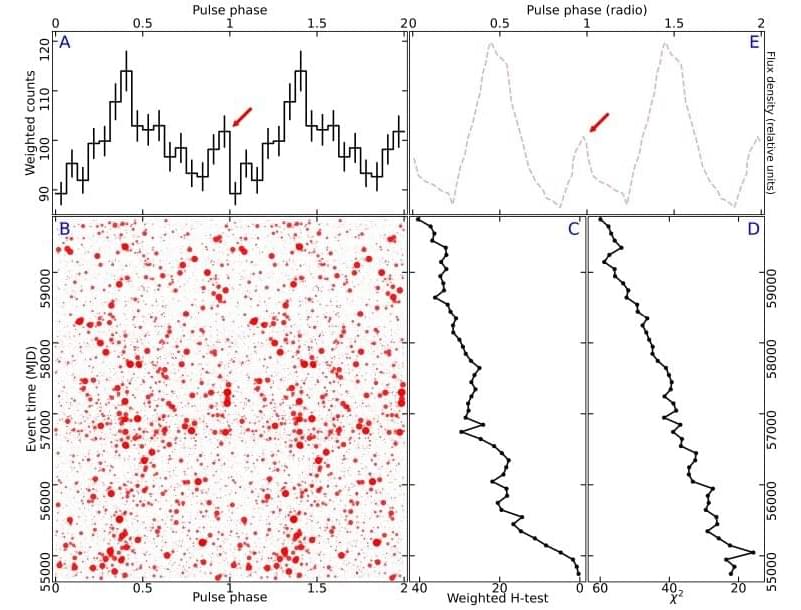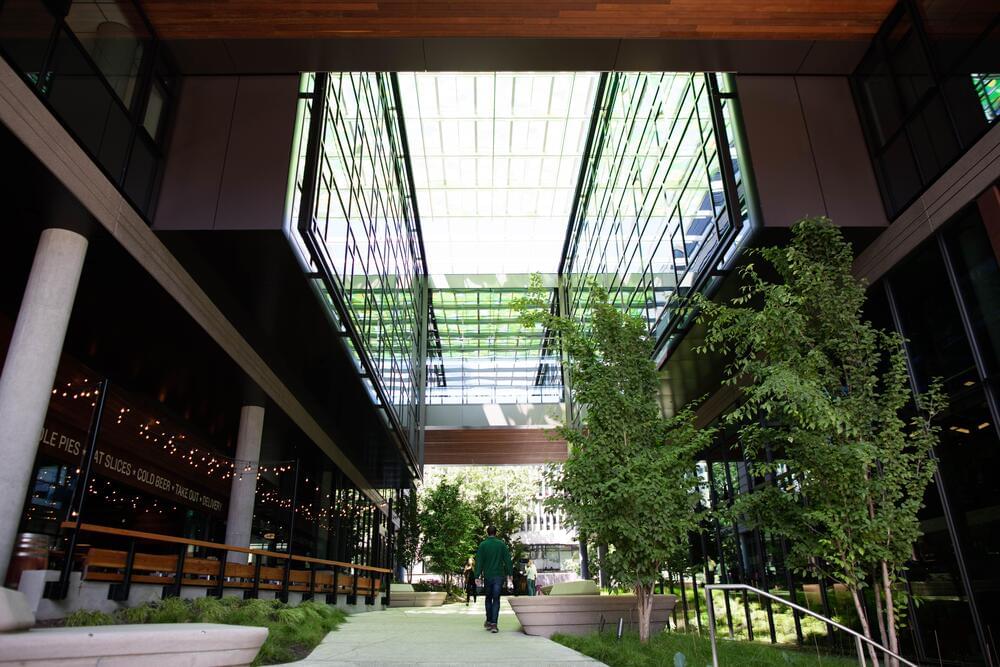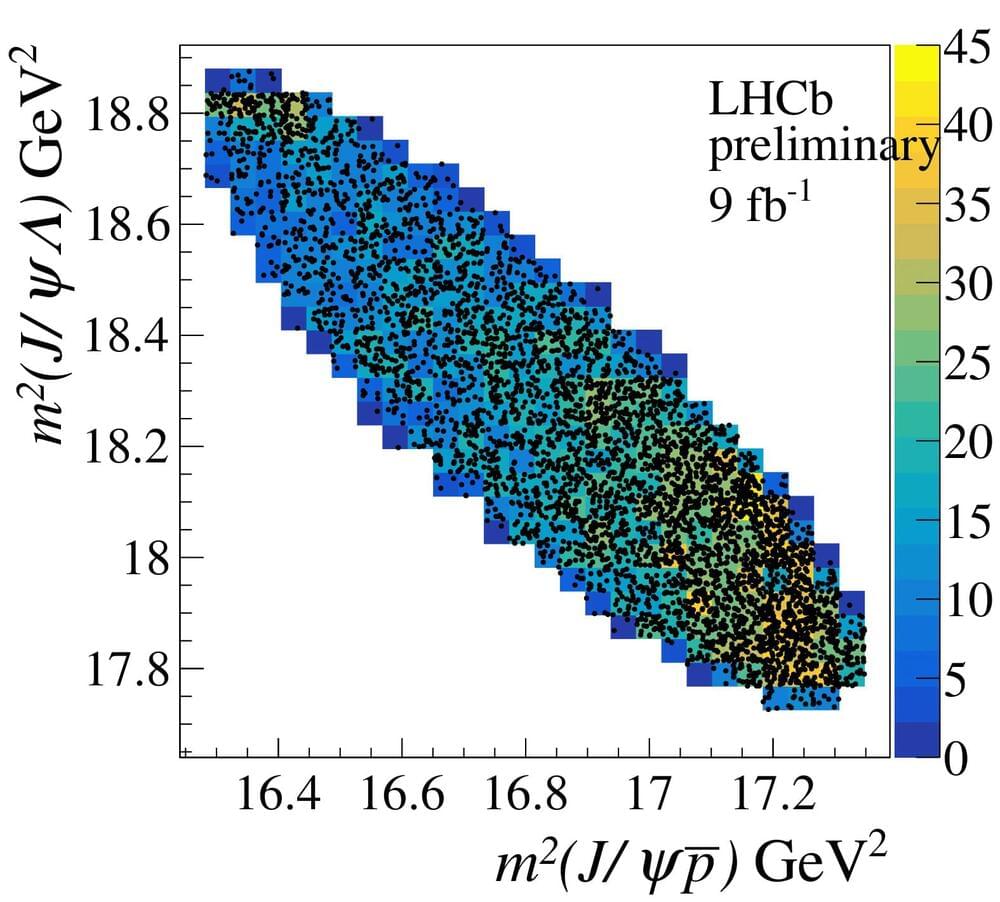In many cases, security vulnerabilities appear that affect the programs that we use on a day-to-day basis. A clear example is the browser. It may have vulnerabilities and that can allow a hacker to break in and steal passwords or personal information. That is what is happening now with Google Chrome and you should update it as soon as possible to fix a zero-day bug.
Google has released security updates to address a Zero-Day in its Chrome web browser that it said is being exploited in the wild.
The vulnerability, identified as CVE-2022–2294, relates to a buffer overflow component WebRTC that provides real-time video and audio communication capabilities in browsers, without the need to install plugins or download native applications.








